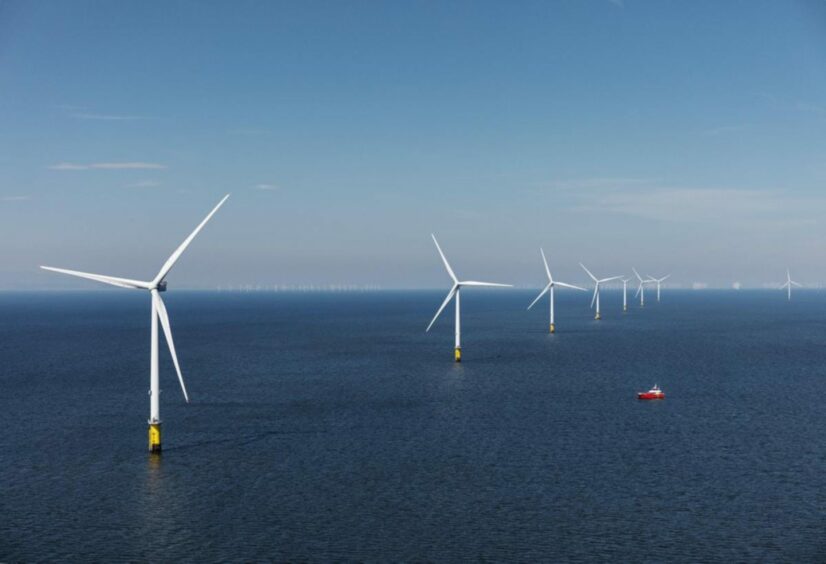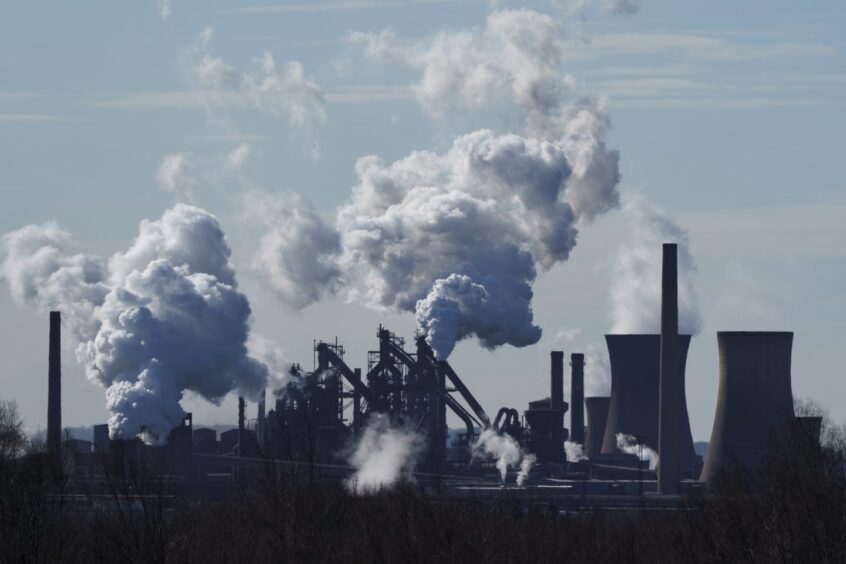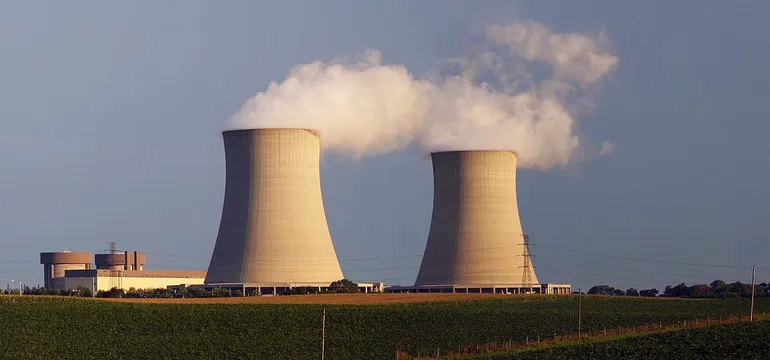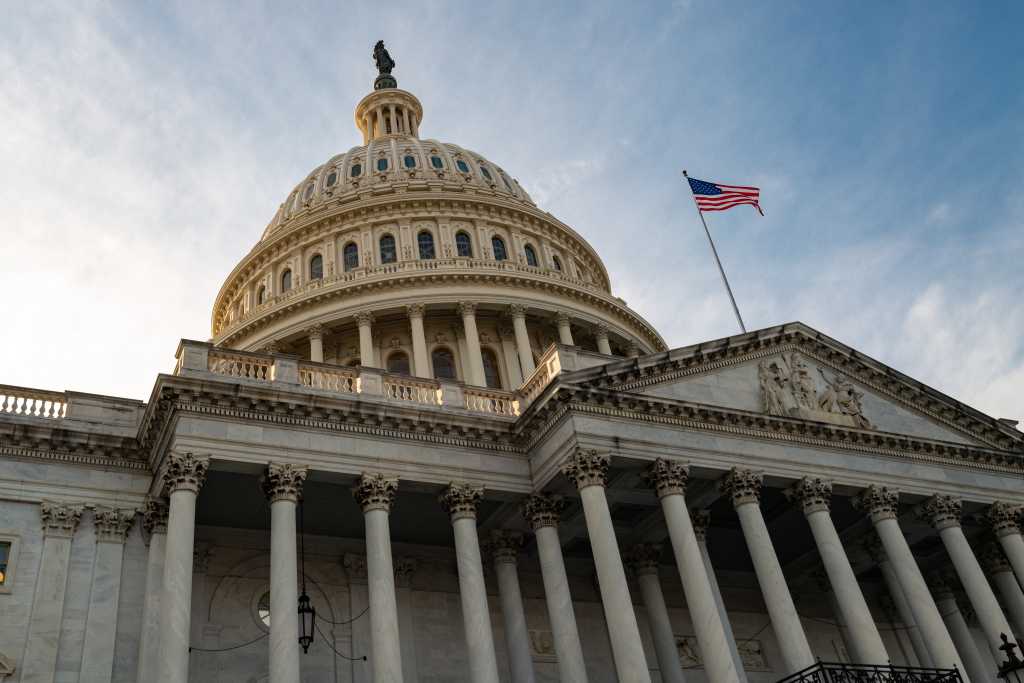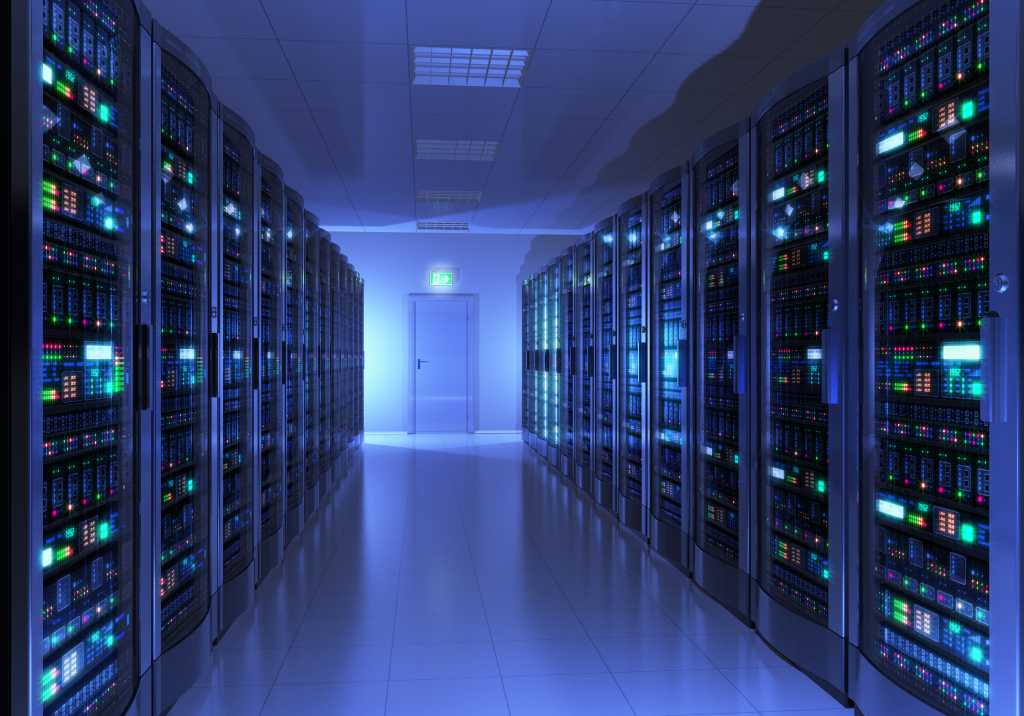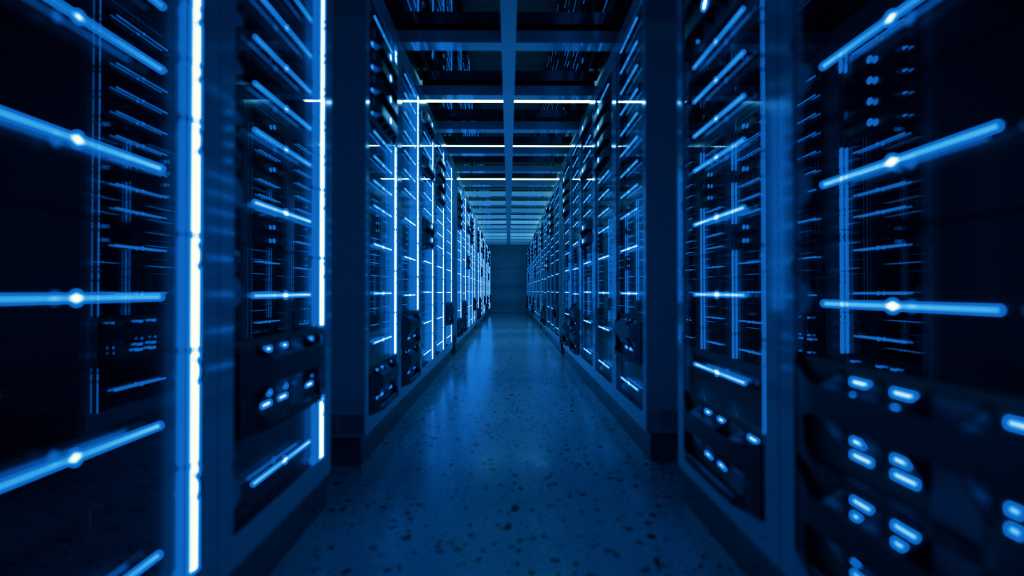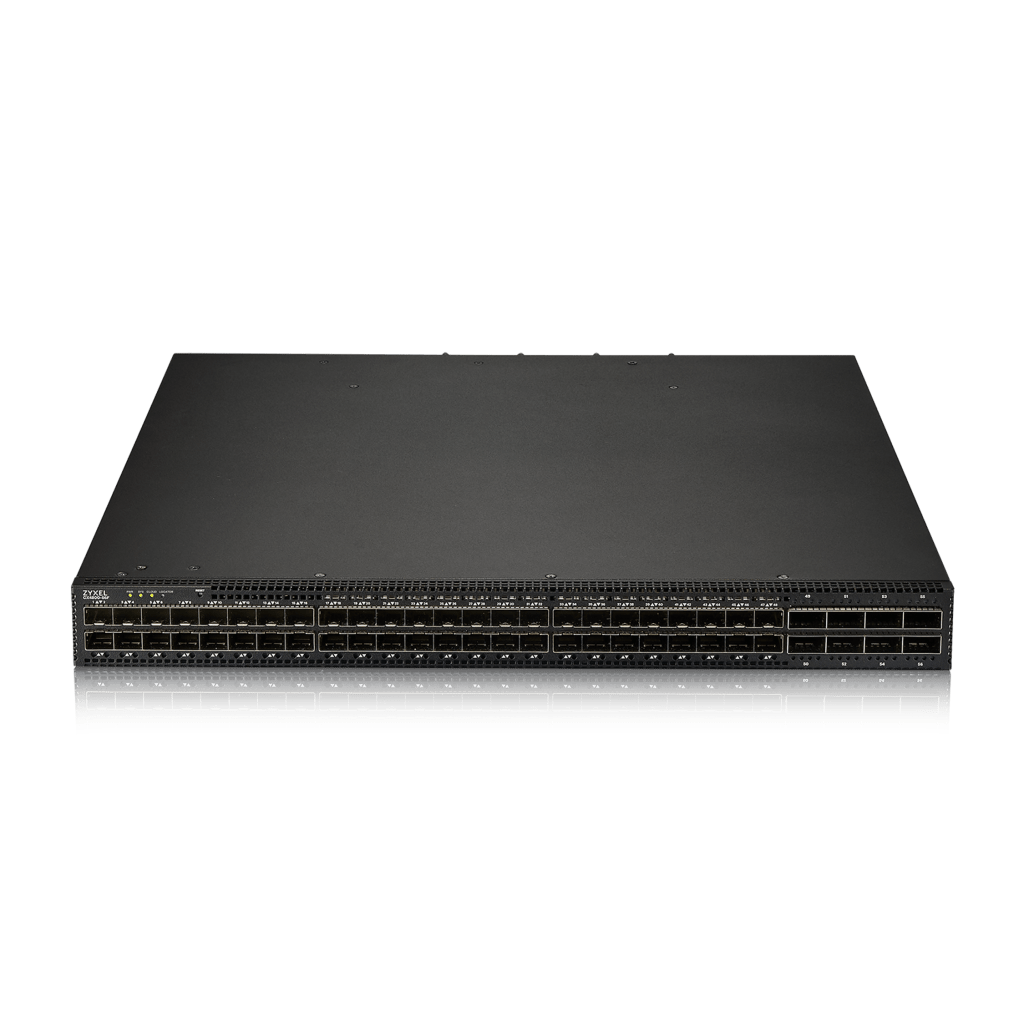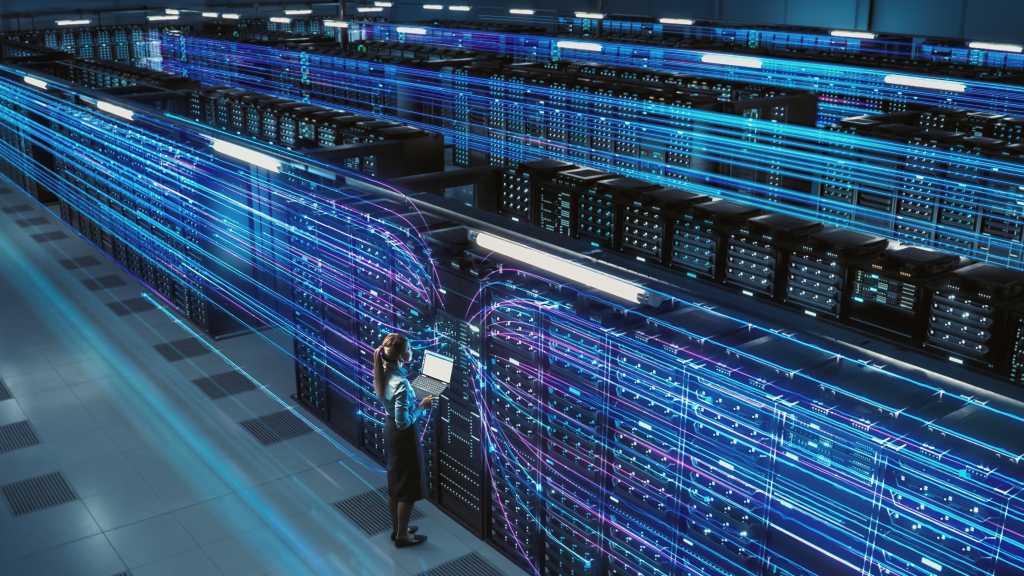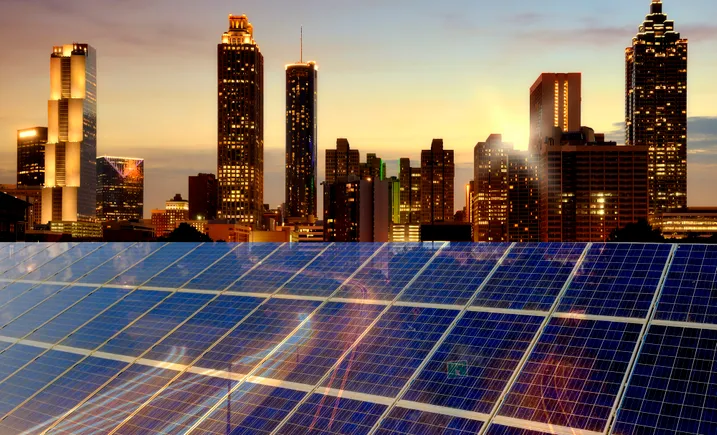
Juan Macias is the CEO of AlphaStruxure, a joint venture of Schneider Electric and Carlyle.
Fifty years ago, America was grappling with an unprecedented energy crisis. An oil embargo created fuel shortages around the world, forcing motorists to wait hours at gas stations while exposing the fragility of the country’s energy supplies. Today, it’s a different kind of energy crisis — one of demand, not supply.
For decades, electricity demand was stubbornly flat. Now, analysts are seeing dramatic swings in forecasts and filings. This past summer, Texas’ grid operator, the Electricity Reliability Council of Texas, shocked the state with an estimate it would need to increase its grid’s capacity by around 75% over the next six years. Overall, analysts are forecasting America’s electricity needs will double by 2050.
Compounding this crisis is a rapid push to expand domestic manufacturing and build data centers, which are extremely energy-hungry. For instance, a single new computer chip factory in upstate New York will eventually require as much power as New Hampshire and Vermont combined. The utility grid is planned on multi-decade investment cycles and timelines; this accelerated load growth arose only a few years ago. Long-term energy planners had not factored in America’s manufacturing renaissance and the spread of AI. They’re now playing catch-up to prepare the grid for a sudden and sizable build-out.
Given the scale of the challenge, the primary solution is to increase grid capacity by both generating more power and finding new efficiencies. Unfortunately, these efforts aren’t overnight fixes. Building and connecting new energy resources and navigating our nation’s permitting approval process is extremely cumbersome.
The National Renewable Energy Laboratory estimates that the country needs to build 1,400 to 10,100 miles of new high-voltage transmission lines each year to enable the renewable energy that’s needed to relieve and decarbonize the grid. In 2023, the country built just 251 miles of lines and worse still, that number has been steadily declining year over year. Because of this backlog, there’s now more generating capacity in our nation’s interconnection queues than the total capacity of the existing U.S. power plant fleet. The hard truth is that due to our paralyzed regulatory framework, there is no silver bullet waiting around the corner that will deliver the large-scale infrastructure that’s needed.
I lead a company that deploys on-site energy infrastructure, and the conversations I’m having are growing increasingly stark. I routinely hear from large-scale industrial organizations, airports and data centers who’ve received estimates from utilities of three to even 12 years for energy from the grid. For instance, data centers face seven-year waits in Virginia, and new substations can take as long as nine years in California. These wait times are spreading across the country, as power-hungry data centers soak up remaining pockets of available capacity.
It’s underappreciated how much this lack of timely capacity is holding back economic expansion. Recently, I met with two state economic development agencies that lost out on opportunities to bring new businesses to their regions. It wasn’t because of a lack of approvals, land, or incentives, but a lack of available energy.
What I’m also seeing is that this ever-lengthening “time to power” is driving developers to explore alternative approaches. Energy-intensive companies are trying to work around extended wait times by connecting directly to grid-scale energy resources. Nuclear power plants have been seen as a savior for powering AI data centers. They provide large-scale capacity and do so without emissions, an attractive pairing for companies with climate targets. This tactic, however, was dealt a heavy blow when two nuclear proposals put forward by two different hyperscalers were blocked by regulators in the same week. This approach remains promising, but there is now even more regulatory uncertainty in the way, while small modular reactors remain a decade away.
Given the significant generation constraints, the most viable solutions that we can deploy now reside in electricity demand and distribution. These technologies won’t solve the entire problem but they do provide immediate relief.
For instance, energy-hungry facilities are resorting to building their own on-site power plants to bypass long lines for grid power. Typically, this infrastructure consists of solar panels, battery energy storage systems, and often some baseload generation from engines or fuel cells — with or without grid power.
On the demand side, digital technologies present powerful tools for curbing consumption. Virtual power plants, for instance, can intelligently manage energy use in homes and buildings. Similarly, net metering and demand response programs incentivize consumers to reduce consumption during peak hours. Finally, intelligent charge management for electric vehicles can help avoid overwhelming the grid during periods of high demand. The Department of Energy just released its 2025 version of its VPP “liftoff” report, which finds that VPPs can serve up to 20% of U.S. peak electricity demand by 2030.
Clearly, there’s not just one solution to a challenge of this scale. We must pursue all solutions, including building out utility-scale solar and wind, modernizing and expanding the transmission and distribution system, and deploying decentralized on-site power systems. Of course, all of this will require hundreds of billions in capital investment.
This crisis is accelerating quickly and it won’t be long before compounding demand, increasing energy rates, and lost economic opportunities have noticeable impacts for everyday consumers. I believe we need to be clear-eyed about this deepening challenge and have an honest conversation between industry, policymakers and the public. There are no silver bullets. In the meantime, to avoid the worst outcomes, we must think outside the box, and, increasingly, think outside the grid. And we shouldn’t waste any more time by failing to embrace the technologies that are ready to be deployed today.





